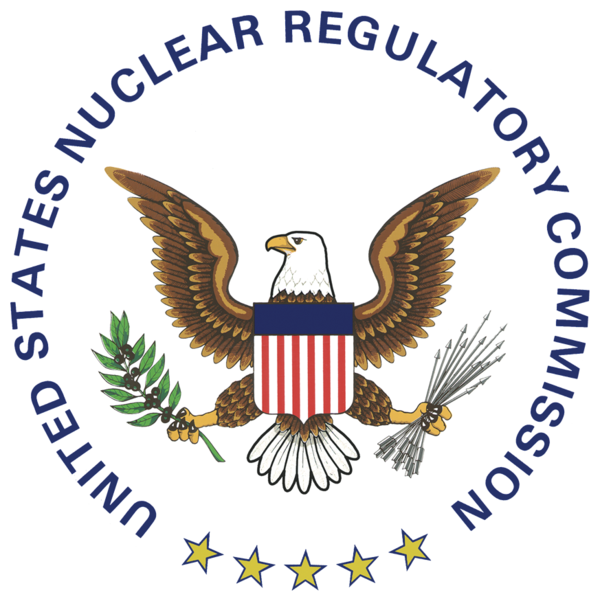Part 1 of 4 Parts
When the Atomic Age began in the 1950s, commercial power reactors were only expected to operate for about forty years. They were officially licensed for forty years and expected to be decommissioned after that time. However, in recent years, as many nuclear power plants neared or passed their forty-year lifetime, the Nuclear Regulatory Commission (NRC) has been extending the operating license of old nuclear power reactors to sixty years, then eighty years and there is now talk of extending licensing to one hundred years.
Robert Alvarez is a former senior policy advisor at the U.S. Department of Energy and a U.S. Senate senior investigator and now senior scholar at the Institute for Policy Studies. He is an author of the book Killing Our Own: The Disaster of America’s Experience with Atomic Radiation. He said, “It is crazy. No reactor in U.S. history has lasted that long.” Oyster Creek in New Jersey is the oldest nuclear power reactor in the country. It was put into operation in 1969 and decommissioned after forty-nine years of operation in 2018.
The movement to extend licenses for nuclear power plants is “an act of desperation in response to the collapse of the nuclear program in this country and the rest of the world,” according to Alvarez. There have been hardly any new nuclear power plants being constructed in the U.S. in decades. The total number currently operating is down to ninety-four from over 100 just a few years ago. The nuclear industry and nuclear power advocates in our government are desperate to prop up the failing nuclear industry. Operators are seeking extended licenses to keep the nuclear industry alive. Alvarez says that it is a sign of the “the end of the messy romance with nuclear power.”
The NRC has announced that they will hold a webinar on the 20th of January to discuss the extension of nuclear power plant operating licenses to one hundred years. The heading on the announcement from the NRC was “PUBLIC MEETING ON DEVELOPMENT OF GUIDANCE DOCUMENTS TO SUPPORT LICENSE RENEWAL FOR 100 YEARS OF PLANT OPERATION.”
Nuclear power plant construction in the U.S. has been in a severe slump for years. Reactors Two and Three at the Virgil C. Summer Nuclear Power Station in South Carolina were under construction by Scana when the project was abandoned in 2017. The estimated price kept going up and the schedule for completion kept being pushed into the future. It was discovered that Scana officials were aware that the project managers were not competent to manage the project, but they kept that from the public, the investors and the government regulators. Multiple lawsuits were brought by and against various stake holders and are still proceeding today.
Reactors Three and Four Alvin W. Vogtle Electric Generating Plant in Georgia are the first new nuclear power reactors to be constructed in the last thirty years in the U.S. since the Summer reactor project was cancelled. The cost projection for the new Vogtle reactors in 2018 was just over fourteen billion dollars. Construction is currently five years behind schedule.
Please read Part 2 next
Nuclear Reactors 856 – The Dangers Of Overextending Licenses For Nuclear Power Plants – Part 1 of 4 Parts

